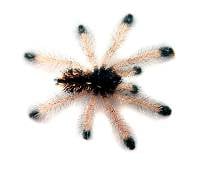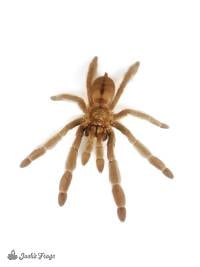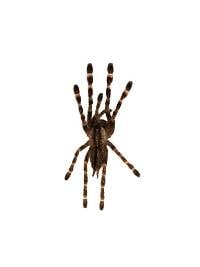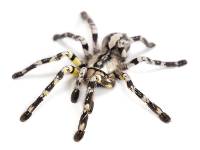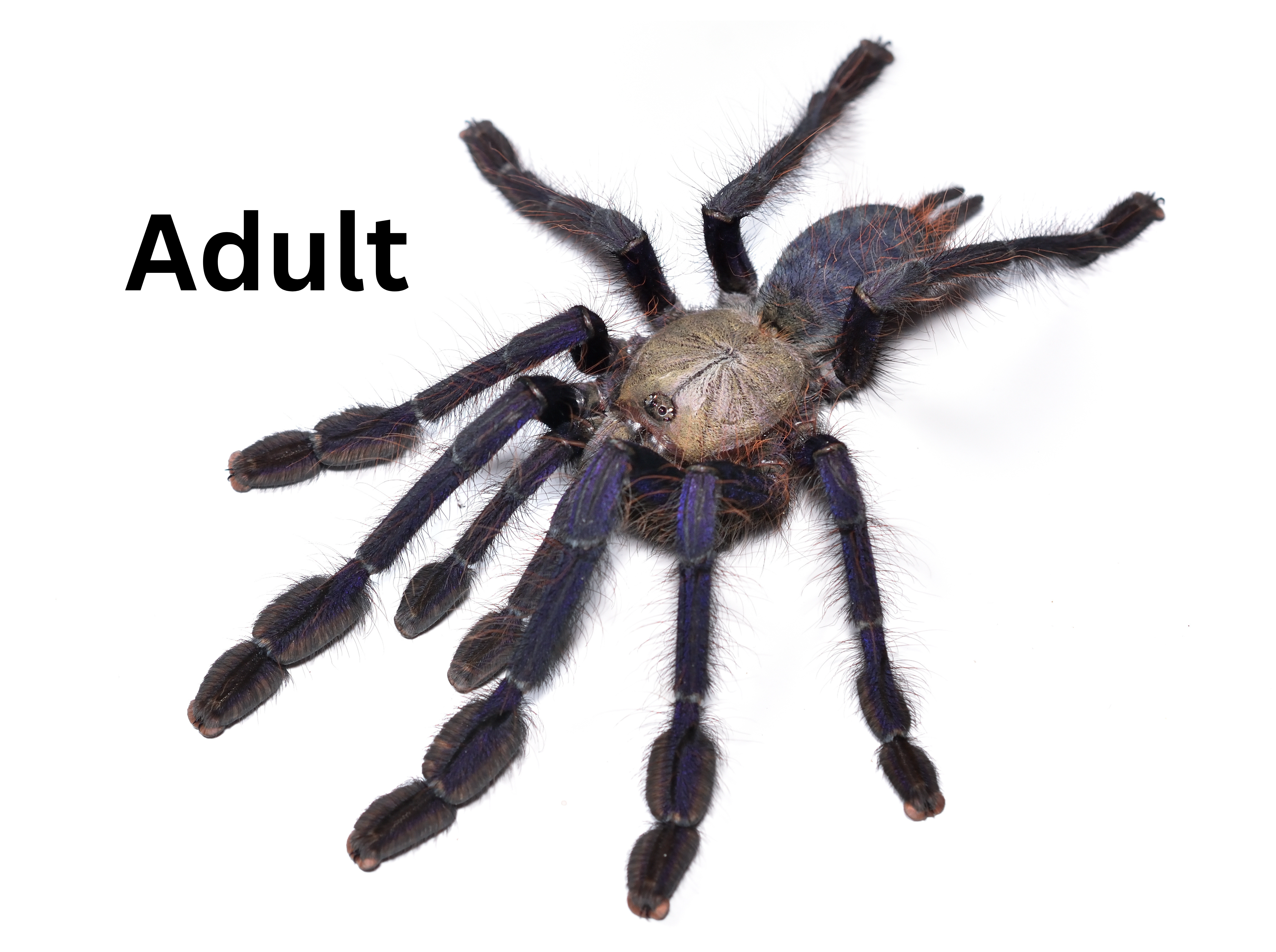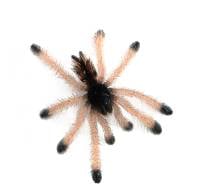Josh's Frogs
Why you should buy from us
Tropical Arboreal Tarantula Care
Tropical Arboreal
Tarantulas from this category tend to thrive in humid conditions and are tree dwellers. Good cross ventilation and live plants in their enclosure can be beneficial to them and help air quality.
Recommended Enclosure Size & Setup: Having an arboreal species means that the enclosure should be taller than it is long. The recommended enclosure height is at least 3x the spider’s diagonal leg span, and the other dimensions should not be less than two times the spider’s diagonal leg span. The enclosure will need to be upgraded as the animal continues to grow. They will benefit from a variety of terrarium furniture as well to climb on and foliage to hide behind. 4-5” of substrate will help the terrarium retain humidity while still allowing for this species to have its high ventilation requirements. ABG mix, coco cradle, or Dig-It are good substrate options, but our Pet Bug Team prefers ABG all the way! Live plants can be beneficial to air quality.
Temperature (°F): This species thrives in the mid 70s to low 80s, so a temperature close to 80 degrees is ideal. Temperatures regularly dipping below 65 degrees, or spiking above 85 degrees should be avoided.
Humidity: These spiders thrive in a humid environment, the recommended ambient humidity should stay between 60 and 75%. This can be achieved by making sure the substrate is always at least slightly moistened. The enclosure sides and decor should be spritzed at least lightly around 2x a week to provide your animal droplets to drink from and keep humidity up. Do not spray your spider directly. Depending on your location, you may need tools such as a humidifier to achieve this environment. A hygrometer is a great way to monitor the humidity for your animal and see any needed adjustments .
Environmental Caution: When a damp environment has too little air circulation, this can lead to an anaerobic environment. Where the typical aerobic bacteria helps keep certain types of waste from building up, they are instead replaced by anaerobic bacteria whose waste is more likely to be toxic and harmful. This is often accompanied by a strong swampy smell. To guard against anaerobic environments, it is important to monitor and control moisture in the environment as well as air quality. One way to maximize both is to have plentiful live plants as the byproduct of photosynthesis is oxygen and water. Springtails can help keep the substrate aerated and break down waste so that the beneficial bacteria can more easily turn it into plant food.
What do I Feed My Tarantula?: Crickets and roaches no bigger than the spider's carapace are excellent food choices. Babies should be fed every 4-7 days, and adults should be fed every 7-10 days. Do not feed your animal for at least 7 days after it molts. Any food not eaten after 24 hours should be removed from the enclosure, it may stress out your tarantula or start to mold.
To introduce your pet into its new habitat: To introduce your pet into its habitat, remove the moss from the vial gently with tongs. You can gently coax the spider out when it is exposed or remove the top layer of moss and place the vial in the enclosure allowing the spider to wander out. Your spiderling may be stressed from shipment and either curl its legs around its front or attempt to bolt.
Applicable Tarantulas:
Orange Tree Spider, North Guyana Blue Pinktoe, Common pink toe, Metallic pink toe, Amazonian pink toe tarantula, Tarapoto pinktoe, Venezuelan red-slate pinktoe, Ecuadorian Purple Pink Toe, Antilles pinktoe, Togo starburst, Sri Lankan Ornamental, Salem Ornamental, Sapphire ornamental, Bengal Ornamental, Fringed Ornamental, Indian ornamental, Yellow backed ornamental, Mysore ornamental, Ivory Ornamental "Highland", Ivory Ornamental "Lowland", Wessel's Tiger Ornamental, Ghost ornamental, Trinidad chevron, Venezuelan suntiger, Panama blonde,Darth maul tarantula, Featherleg baboon, Violet tree spider, Purple tree spider, Amazon Sapphire Pink Toe


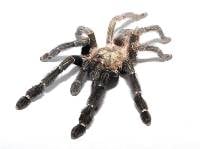
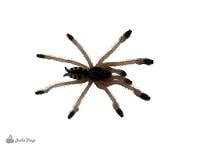
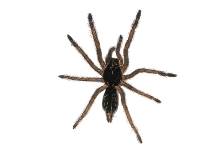
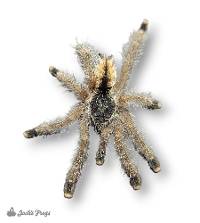
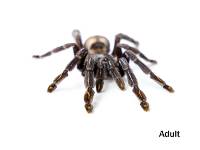
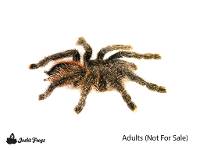

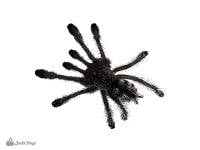
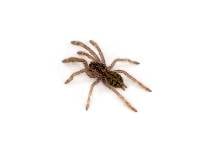
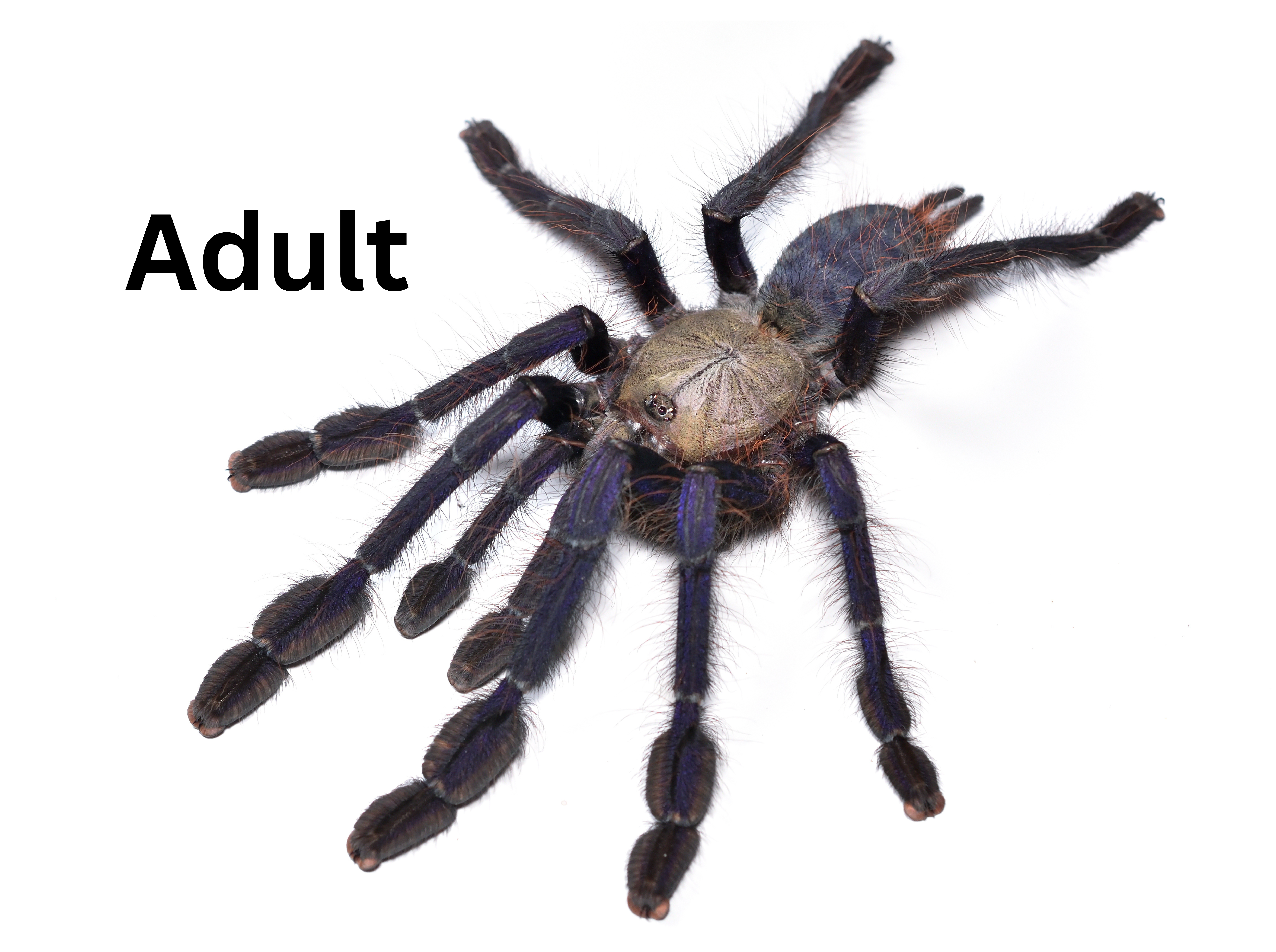
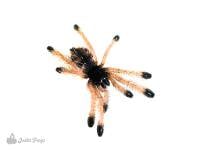
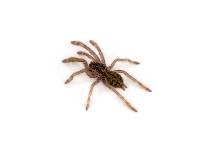
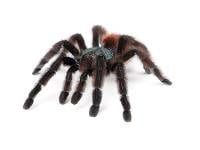

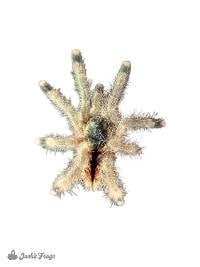
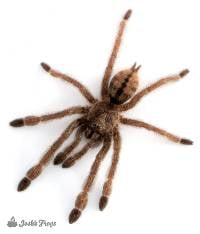
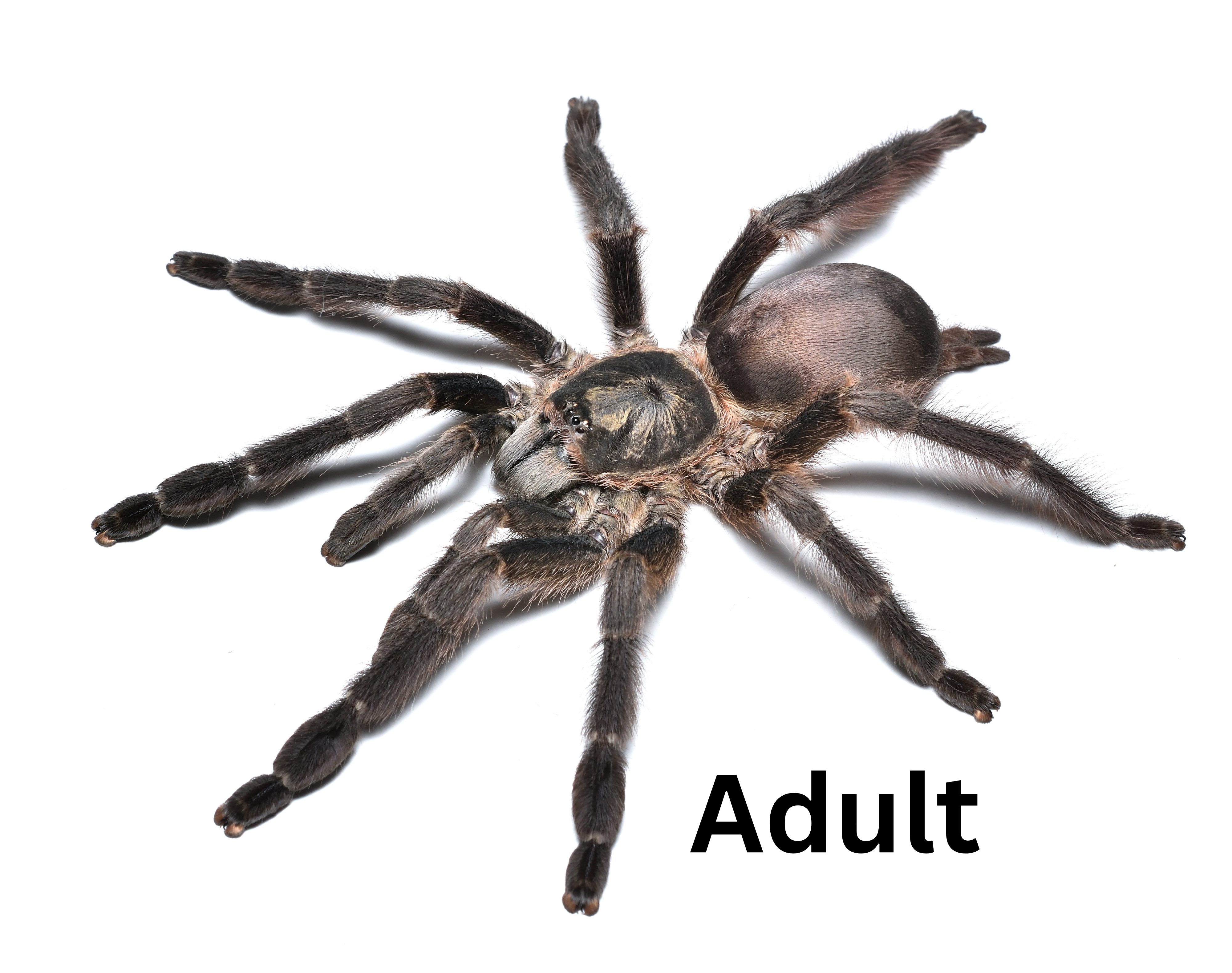
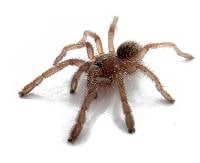
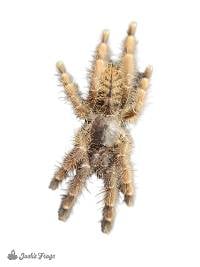
_JUVENILE-3-b27a5553.jpg?width=200)
